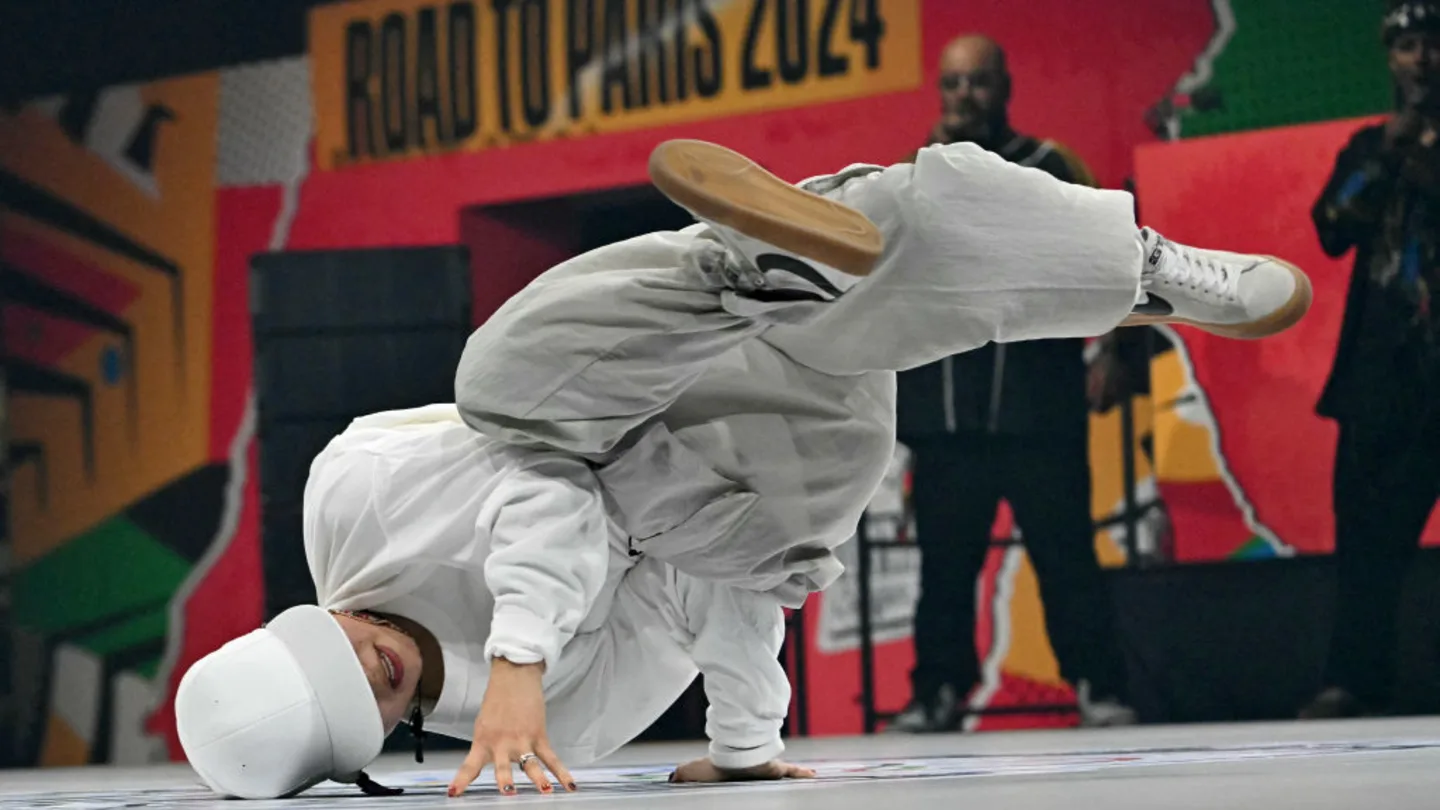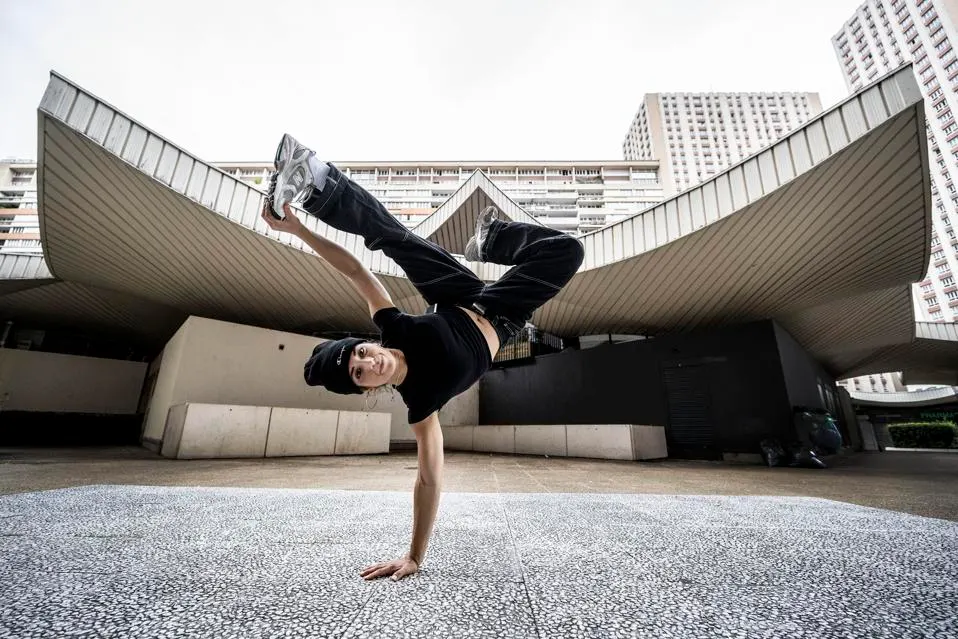How Olympic Breakdancing Differs From Its 1980s Roots
As we approach the 2024 Paris Olympics, where breaking will make its debut as an official sport, it’s crucial to understand just how far this art form has come since its inception in the 1970s and its mainstream popularity in the 1980s. While many still associate breaking with cardboard boxes, boomboxes, and tracksuits, the reality is that modern breaking is a highly evolved, globally recognized sport that demands incredible skill, creativity, and athleticism.
Breaking: Not Just “Breakdancing” Anymore
First, let’s address a common misconception. The term “breakdancing” is largely considered outdated within the community. Practitioners and aficionados prefer the terms “breaking” or “b-boying/b-girling.” This shift in terminology reflects the dance form’s evolution from a street-based subculture to a recognized competitive sport.
The inclusion of breaking in the Olympics has sparked a range of reactions, from excitement to confusion and even skepticism. Some view it as a validation of breaking’s athleticism and cultural significance, while others question its place alongside traditional Olympic sports. However, these varied reactions often stem from outdated perceptions of what breaking entails.
The Global Explosion of Breaking
One of the most significant changes since the 1980s is the global spread of breaking. What began in the Bronx, New York, has become a worldwide phenomenon. In the early days, breaking was primarily confined to urban areas in the United States. Today, you can find thriving breaking scenes in countries across every continent.
The internationalization of breaking has led to a diverse array of styles and interpretations. Breakers from different countries often incorporate elements of their local dance traditions, creating unique fusions that continually push the boundaries of the art form. For instance, Korean breakers are known for their precise footwork and creative power moves, while French breakers often incorporate elements of contemporary dance into their sets.
This global expansion has also led to a more structured competitive scene. Major international competitions like the Red Bull BC One World Final, Outbreak Europe, and the WDSF World Breaking Championship draw competitors from dozens of countries. These events have helped standardize judging criteria and raise the overall level of competition.

The Evolution of Skill and Technique
The skill level in modern breaking is simply astounding compared to what we saw in the 1980s. While the pioneers of breaking laid an incredible foundation, today’s breakers have taken those fundamentals and pushed them to extremes that would have been unimaginable four decades ago.
Power moves, for instance, have undergone a remarkable evolution. In the 1980s, moves like the windmill or the headspin were considered advanced techniques. Today, these are often just the beginning. Top breakers now chain together multiple complex power moves, transitioning seamlessly between them in ways that seem to defy physics.
Take the airflare, for example. This move, where the breaker rotates their entire body in the air supported only by their hands, wasn’t even invented until 1989. Now, it’s a staple in many top-level sets, with some breakers able to perform multiple continuous airflares or combine them with other power moves.
Footwork has also seen significant advancements. While the basic six-step remains a fundamental move, today’s breakers execute intricate footwork patterns at lightning speeds, often incorporating complex threading movements where their legs weave in and out in mind-boggling ways.
Freezes, the static poses that often punctuate breaking sequences, have become increasingly difficult and creative. Breakers now hold seemingly impossible positions, balancing on one hand or even their head for extended periods.
Beyond Physical Skills: Musicality and Creativity
While the physical aspects of breaking have undoubtedly advanced, it’s crucial to note that breaking is not just about acrobatics. Modern breaking places a heavy emphasis on musicality and creativity.
Top breakers today demonstrate an incredible ability to interpret music, hitting complex beats and responding to subtle nuances in the tracks. This musicality extends beyond just moving to the rhythm; breakers often embody the feeling and energy of the music in their movements.
Creativity is also at an all-time high. Breakers are constantly innovating, creating new moves, and finding unique ways to transition between elements. Many incorporate influences from other dance styles or even other physical disciplines like martial arts or gymnastics.
The Rise of B-Girls
One of the most positive developments in breaking since the 1980s has been the rise of b-girls. While women were certainly part of the breaking scene in its early days, they were often overshadowed or underrepresented. Today, b-girls compete at the highest levels, with their own categories in major competitions.
B-girls like Ami from Japan, Kastet from Russia, and Logistx from the USA have become household names in the breaking world, known for their unique styles and groundbreaking performances. The inclusion of a separate b-girl category in the Olympics is a testament to the growth and recognition of women in breaking.

Training and Preparation
The way breakers train and prepare has also evolved significantly since the 1980s. While breaking still maintains its street culture roots, many top breakers now train like elite athletes. They incorporate elements of strength training, flexibility work, and even sports psychology into their regimens.
Injury prevention and recovery have become major focuses. Given the physical demands of breaking, practitioners now pay much more attention to proper warm-up routines, stretching, and recovery techniques. Many work with physical therapists or sports medicine professionals to maintain their bodies for the long term.
Nutrition has also become a consideration for serious breakers. Understanding the importance of fueling their bodies properly for intense training and performances, many breakers now follow structured diets designed to optimize their performance and recovery.
The Impact of Technology
Technology has played a significant role in the evolution of breaking. In the 1980s, breakers learned primarily through in-person sessions and occasional VHS tapes. Today, aspiring breakers have access to a wealth of online resources, including tutorial videos, slow-motion breakdowns of complex moves, and livestreams of major competitions.
Social media platforms have also changed the game. Breakers can now share their progress, connect with others around the world, and even gain sponsorships or performance opportunities through their online presence. Platforms like Instagram and TikTok have become showcases for breaking talent, helping to bring the art form to new audiences.
Breaking as a Competitive Sport
The structure of breaking competitions has become much more sophisticated since the 1980s. While informal battles in clubs or on the streets still occur, major competitions now follow standardized formats and judging criteria.
Judges evaluate breakers on a range of factors, including technique, musicality, creativity, and overall performance. Many competitions use a bracket-style tournament format, with one-on-one battles leading up to a final showdown.
The Olympic breaking competition will follow a similar format, with judges scoring breakers on six criteria: physical quality, interpretative quality, artistic quality, variety, performativity, and musicality.
The Cultural Impact
Despite its evolution into a competitive sport, breaking remains deeply rooted in hip-hop culture. Many breakers emphasize the importance of understanding and respecting the history and cultural significance of the dance form.
Breaking continues to be a powerful form of self-expression and a way for young people to connect with their communities. Many veteran breakers run workshops or mentor younger dancers, passing on not just techniques but also the values and philosophy behind breaking.
Challenges and Controversies
The evolution of breaking hasn’t been without its challenges. As the dance form has become more competitive and structured, some worry about losing touch with its street culture roots. There’s an ongoing debate in the community about balancing the sport’s growth and mainstream recognition with maintaining its core cultural values.
The Olympics themselves have been a source of both excitement and concern. While many see Olympic inclusion as a huge opportunity for breaking to gain recognition and resources, others worry about the potential for commercialization or misrepresentation of breaking culture.
Looking to the Future
As breaking prepares for its Olympic debut, it’s clear that the sport has come a long way from its origins in the Bronx in the 1970s. The level of skill, creativity, and athleticism on display in Paris will be light-years beyond what we saw in the 1980s.
Yet, in many ways, the spirit of breaking remains the same. It’s still about self-expression, community, and pushing the boundaries of what’s possible with the human body. The Olympics represent just one facet of breaking’s ongoing evolution.
For those interested in experiencing modern breaking firsthand, there are more opportunities than ever. Local breaking events happen in cities around the world, and major competitions are often streamed online. For aspiring breakers, there are now dedicated breaking schools and programs, as well as a wealth of online resources.
As we look forward to the Paris Olympics, it’s an exciting time for breaking. The world will have the opportunity to see just how far this art form has come, witnessing performances that would have been unimaginable in the 1980s. At the same time, breaking maintains its connection to its roots, continuing to evolve while honoring its history and cultural significance.
Whether you’re a long-time fan of breaking or someone who’s just learning about it through its Olympic inclusion, there’s never been a better time to appreciate this dynamic, creative, and athletically demanding art form. The breaking we’ll see in Paris will indeed be light-years ahead of the 1980s, but it’s built on the foundation laid by those early pioneers, carrying forward their spirit of innovation, self-expression, and pushing the limits of human movement.


Leave a reply